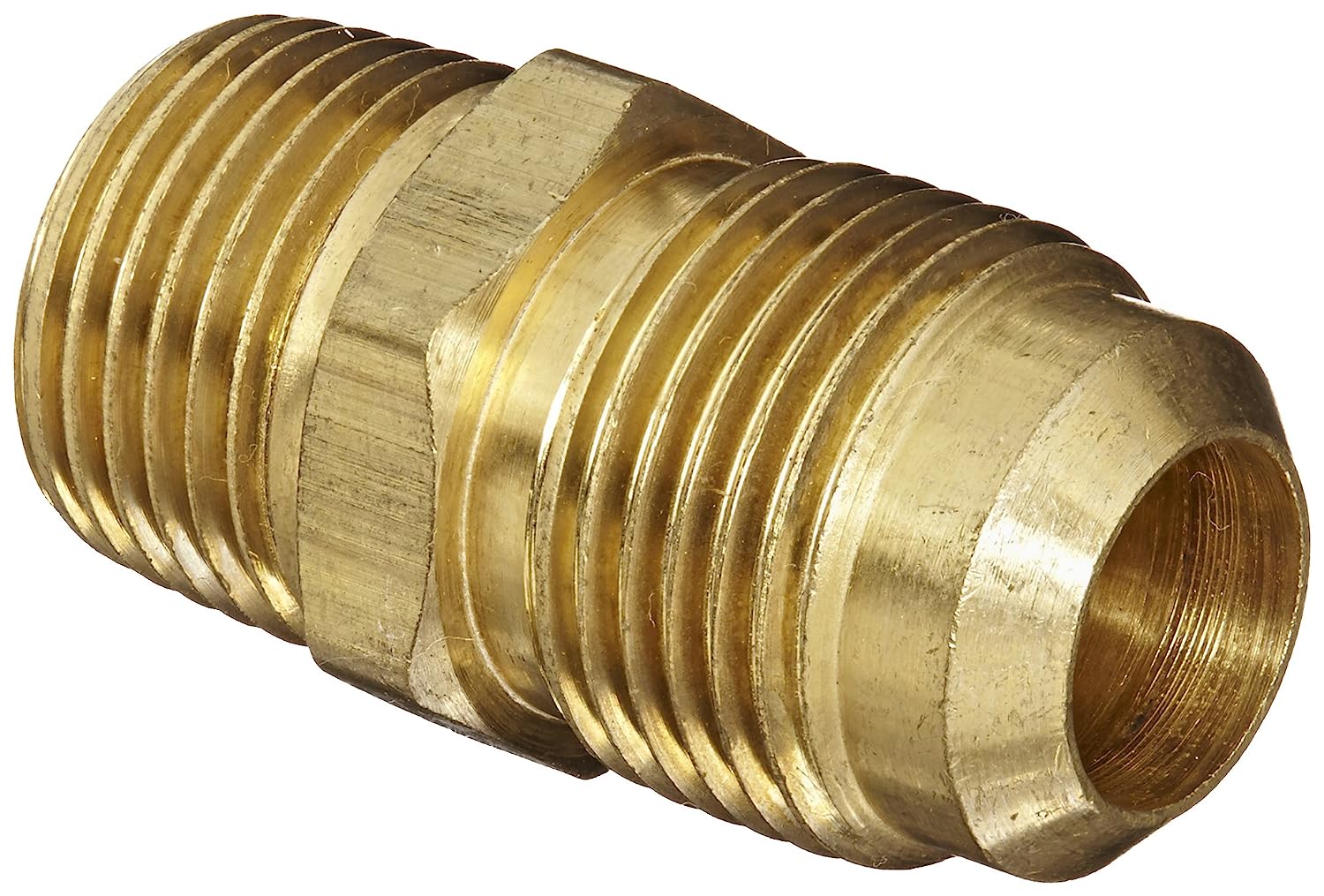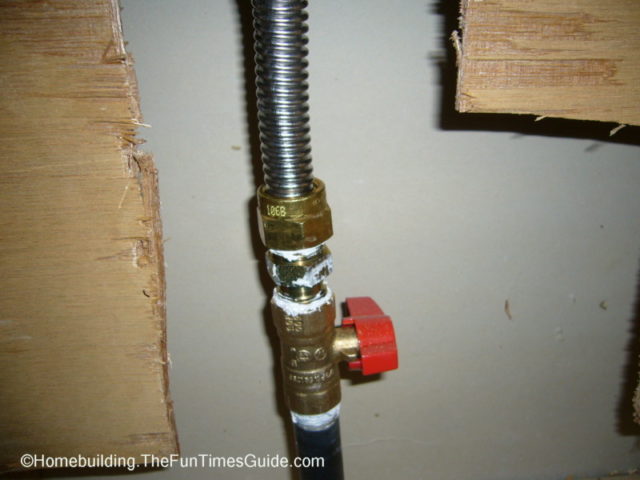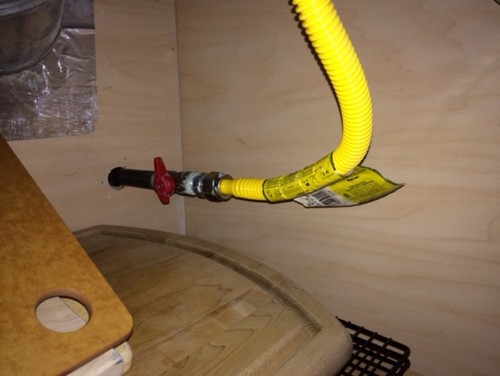CluelessHomeowner
Active Member
I can't see what the threads on that gas valve look like. If the end of the gas valve had regular pipe threads, it is fine to use the rectorseal. If the end of the gas valve had a flared thread, then it is not OK to use rectorseal.
Anyone can change a gas valve. Turn off the gas supply at the meter by moving the arm perpendicular to the gas pipe. Then go back inside and replace the valve. Make all of your connections, and then turn the gas back on.
As far as the drip leg is concerned, I have no idea of Arizona's laws. I, however, would NEVER install without using the drip leg. It catches any junk and any condensation that might come in thru the gas supply. And the cap on the end of the bottom leg provides an easy way to bleed air out of the gas line when needed.
it's just map+ solder and flux ? like with the shut off valve for the cold water line ?
I think it is the flare side...

but i see quite a few people doing the same thing. Should i replace the gas valve instead then ? I wonder if you have to call the gas company if you want to turn off the gas at the meter???


























